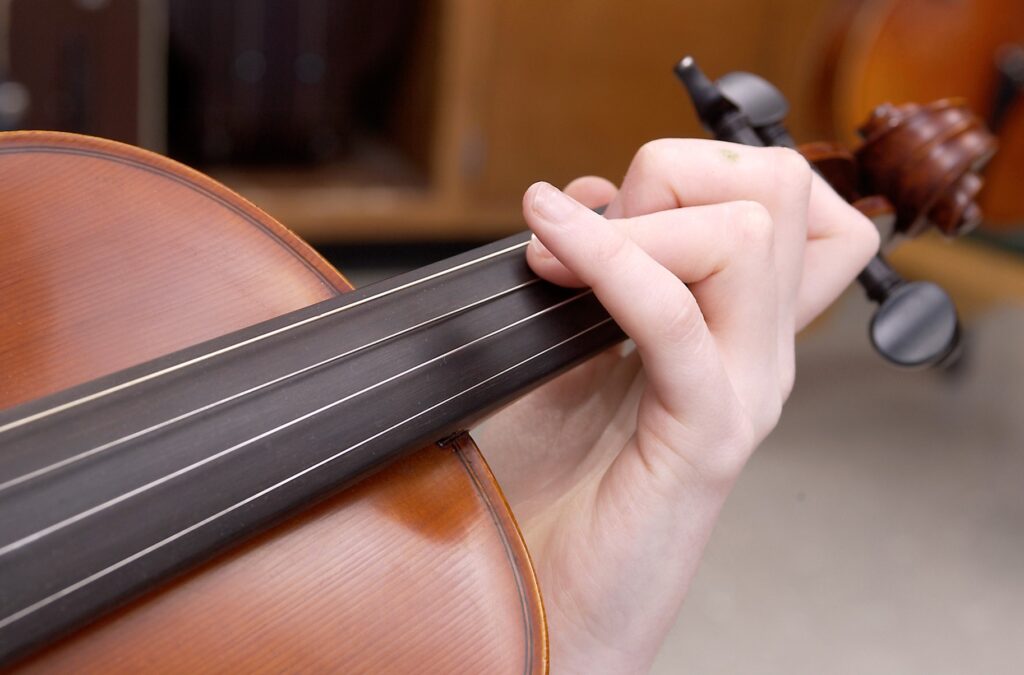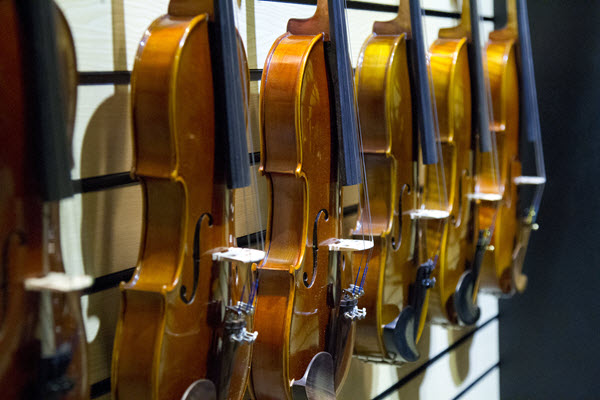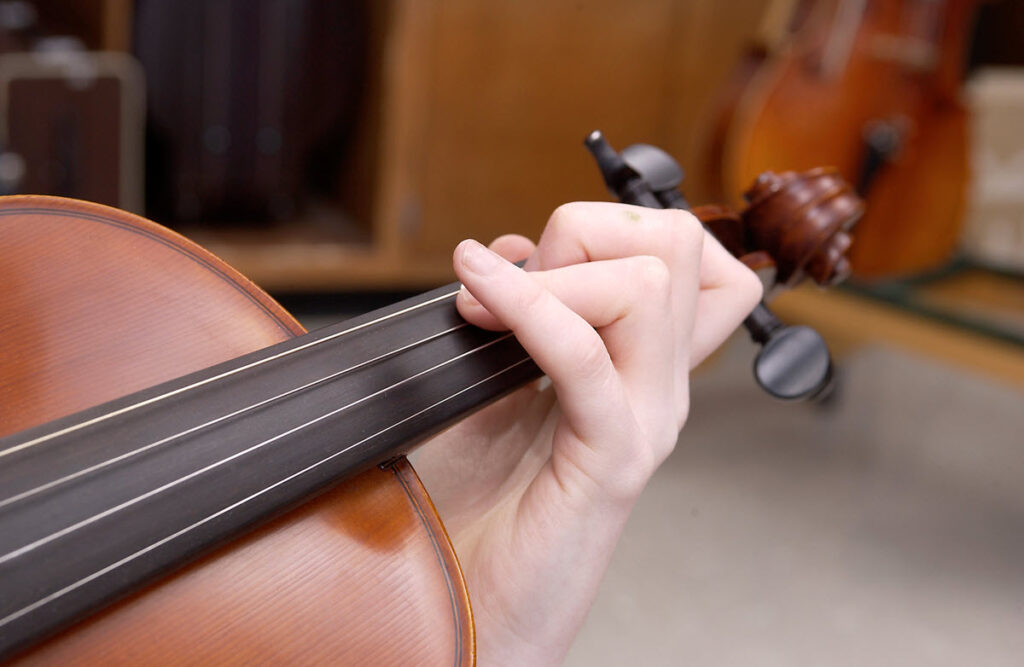What’s That Weird Sound?
Five steps to diagnose common buzzing problems on your string instrument.
It is inevitable in the life of every string player that they will encounter a sudden distracting buzzing sound coming from their instrument. Fixes can range from the simplest of tweaks to a major repair that requires a skilled luthier.
Luckily, most buzzing is caused by a loose fitting on an instrument — something that’s simple to diagnose and easily fixed.
Follow these five steps to get your instrument back into playing condition:
1. String fine tuners. These can loosen not only at the screw that’s used to tighten the string, but also at the nut that locks the tuner to the tailpiece. The more such hardware you have on your instrument, the more likely they are the cause of the buzz. Make sure each tuning screw is tight and then check the lock nuts to make sure that none of them have vibrated loose.
2. Chinrest and hardware. Check the turnbuckle that tightens the chinrest to the instrument. If this loosens, the result is often not only a buzz, but a chinrest that comes off altogether! A little careful tightening assures a quiet chinrest that stays attached.
3. Tailpiece and tail adjuster. Ideally the tailpiece should never contact the saddle or the top of the instrument. A tailpiece that is tightened too far down the tail adjuster can not only cause a buzz or a rattle — it can inhibit the tone of the instrument. Loosening the tail adjuster by one or two millimeters can quickly remedy this problem.
4. Loose string windings. A common culprit is string windings becoming loose. Many times they are hard to see, but they can cause buzzing from the bridge area all the way to the fingerboard nut. Running your fingertip up and down the entire length of each string can reveal a rough spot that can be the beginning of an unraveling winding. If you detect this, replace the string immediately.
5. Ornamental pegs. While decorative collars are attractive, over time they can come loose and become the source of a buzz. Push on the collars to see if any come free from the shaft of the peg. If that happens, they can easily be refastened with a drop of super glue.
While these are the most likely causes of a buzz, there are several other, considerably more complicated possibilities. If you have checked the fittings carefully and found no obvious cause for the sound, the culprit could be an open seam, a lining that has come loose, or — in very rare cases — a bass bar that has loosened. All of these require a visit to a luthier to diagnose and repair the instrument back to a healthy state.
It’s important for every string player to remember that their instrument was once a living, breathing organism. It consumed water and exchanged gasses with the environment around it and changed constantly. Even in its current state it constantly reacts to its surroundings, and as those surroundings change, your instrument changes as well. Sometimes those changes can cause a sudden buzz that can not only be annoying to the player, but detrimental to the instrument if allowed to continue.
Keeping these steps in mind when first detecting an unwanted vibration will give you the skills to do an accurate diagnosis of the cause. More importantly, knowing what parts are likely to come loose can lead you to a fast remedy — invaluable should you ever find your instrument buzzing just before you take the stage! There is nothing more rewarding to a performer than to hear their instrument delivering the very best sound it is capable of producing.
Click here to learn more about Yamaha violins and other string instruments.















